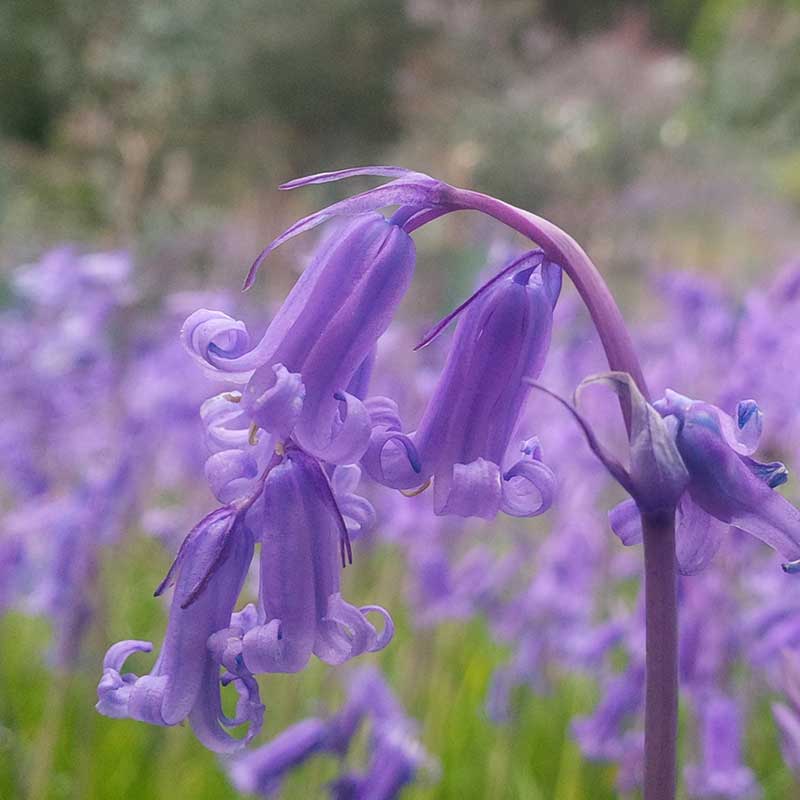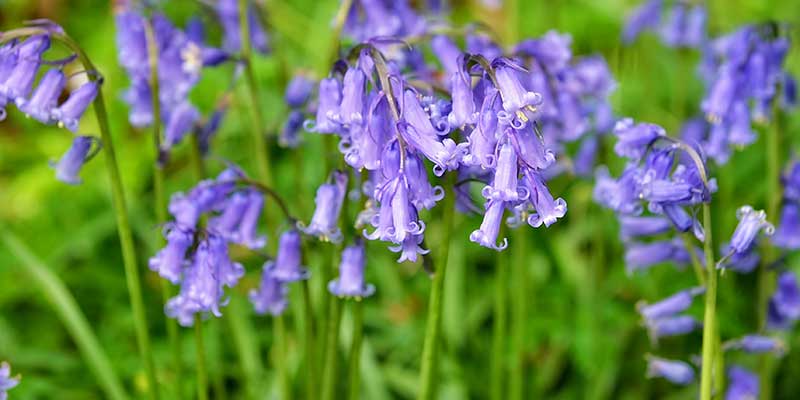Cultivating bluebells
Native bluebells will flower in late April and May, and produce the wonderful sea of blue seen on the woodland floors of the British Isles.
Although they are a woodland flower, bluebells will survive happily in full sunshine.
Planting bluebell bulbs
Bluebell bulbs should be planted in the autumn. Mature bulbs which will flower are generally 4 years old or older, and these should be planted about 6 inches deep and at the density you choose—anything from about 160/m2 to 500/m2 will give a good or very good intensity of blue.
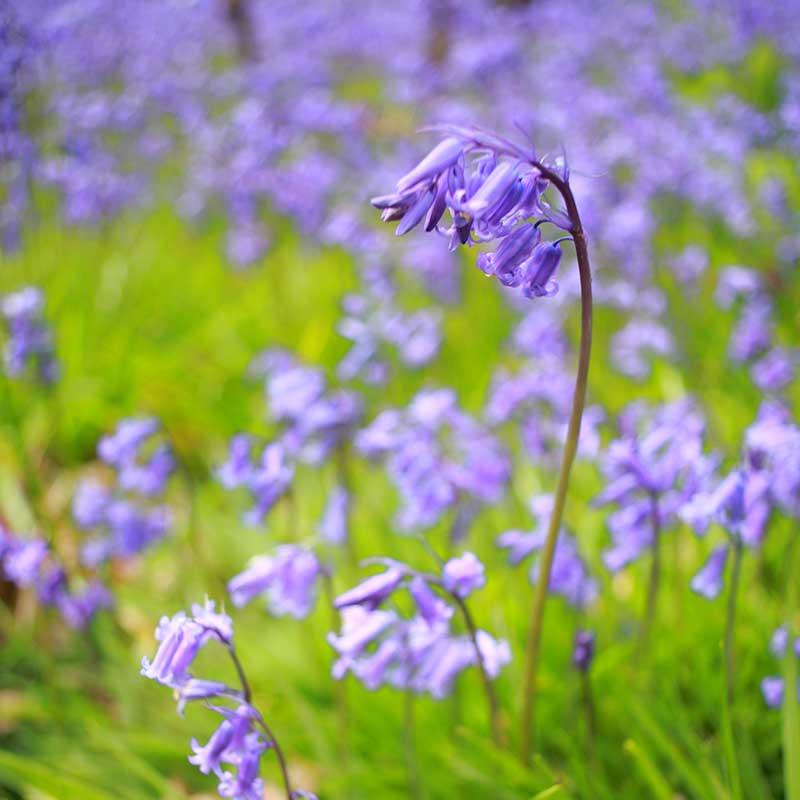
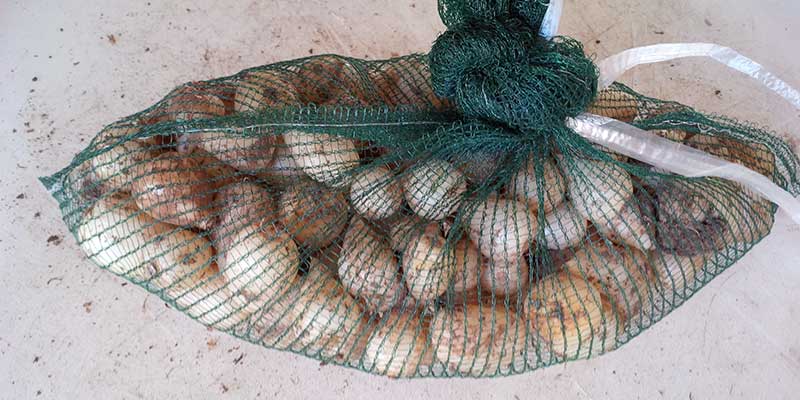
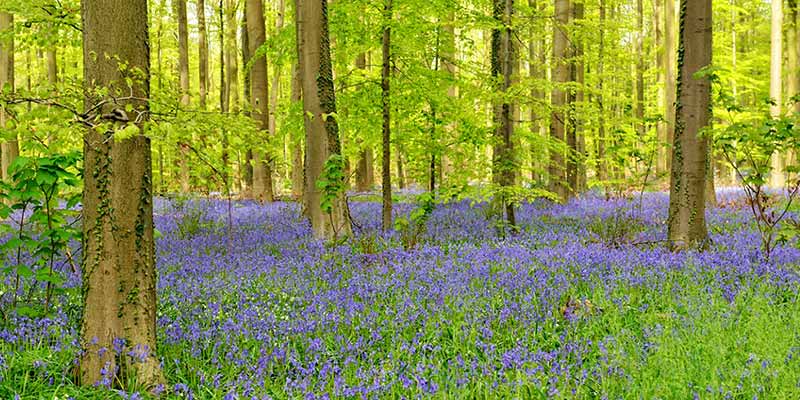
One of the advantages of buying from us is that we also supply 2 and 3 year old bulbs. These will take longer to reach full flowering, but they are lower in price and easier to plant—2 year olds simply need to be worked into or dropped into scoops in the first couple of inches of soil, whilst 3 year olds can be planted at 3 or 4 inches depth. These younger bulbs will save you money and time!

Bluebells will survive happily in full sunshine
Using a combination of different bulb ages will provide some flowers in the first year, with flowering increasing in following years as younger bulbs mature. This is a particularly good approach if you have a large area to plant.
More on combination planting >
Sowing bluebell seed
Sowing bluebell seed is much easier than planting bulbs—seed can be scattered at a rate of 160-500/m2 in autumn.
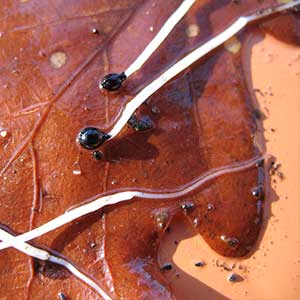
6-10 weeks after sowing the radicles are elongated and about 4-6cm in length
Depending on your situation and levels of shade, weed control may be necessary. The seed should germinate pretty soon and, though you will see a few flowers in the third spring, full flowering will occur in the fourth spring.
Combination planting and sowing
If you have a large area to plant we can help you save money and get speedy results. One way to do this is to order a combination of bulb ages.
Small woodland example
Let’s say you have a 4 x 5m patch ready to become woodland.
| 200x 4-yr-olds | £75.00 |
| 1,000x 3-yr-olds | £215.00 |
| 2,000x 2-yr-olds | £340.00 |
This way you’ll have (approximately) 400 flowering specimens in spring, 1,600 the following spring, and 3,200 the spring after that. This works on the basis that about 20% of 3-yr-olds will flower.
Total £630.00 (saving of £375.00)
That’s 3,200 bulbs for £630.00 — 3,200x 4-yr-olds would be £1,005.00
This is enough to plant 20m2 at a rate of 160 bluebells/m2, which will give an excellent blue covering in spring. For more intense blue increase the rate—it can be as much as 500 bluebells/m2 in the wild. Alternatively lower the rate and allow the plants to spread over the years.
The 2-yr-olds also provide an economical way of obtaining a high density of plants and so producing the really vivid sheets of blue seen in favourable habitats.
Another advantage of ordering three-year-old and two-year-old bulbs is the ease of planting. The 3-yr-olds can be planted less deep than 4-yr-olds, saving labour. Planting 2-yr-olds offers a great advantage in that they can be planted in shallow scoops. The time (and therefore financial) savings are considerable—a roadside cutting planting which would traditionally be very expensive becomes great value, making a dramatic positive effect on the roadside environment a viable and real prospect:
Roadside cutting example
Let’s say the desired final density of bluebells is 160/m2, all flowering within 2½ years of planting. We would recommend per square metre:
| 10x 4-yr-olds | £3.10 |
| 50x 3-yr-olds | £10.75 |
| 100x 2-yr-olds | £17.00 |
Around 12.5% flowering will occur in the first spring, 50% in the next spring, followed by 100% in the third spring.
Total £30.85/m2
NB These prices are based on buying bulbs in their highest quantities, i.e. by the thousand.
In the examples above please note that all figures are approximate as plants will develop at different rates in different locations and in different years. For instance, a north facing slope of a cutting in a below average temperature year will take longer to reach maximum flowering.
 Wildwood Bluebells
Wildwood Bluebells


